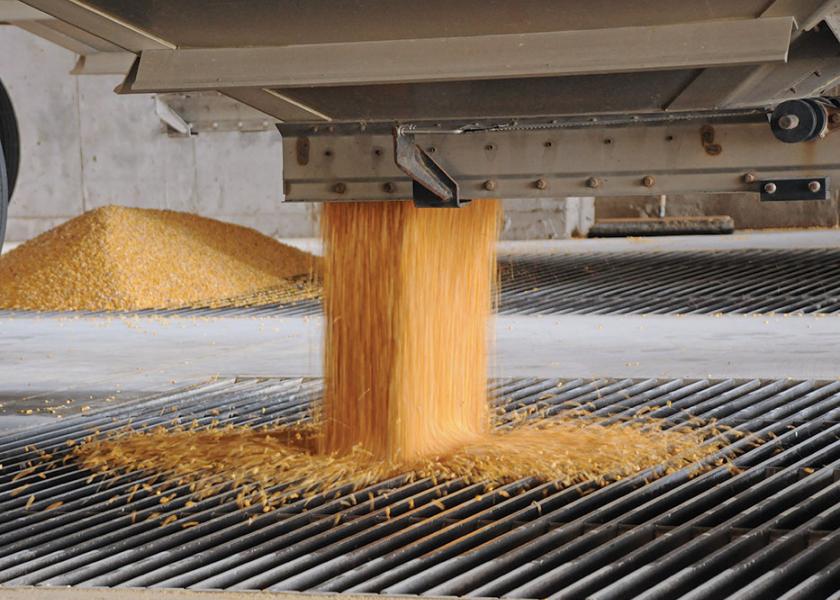
The peak of spring flush in mostly behind us and even with increased milk production, the milk has been processed and seemingly without much difficulty. In a few years in history, not counting last year, there has always been some milk dumped in various locations due to the inability of processer to handle it for a period of time. So far, I have not seen any reports of dumped milk unless there was some mechanical problem. Manufacturing has become more efficient and plant capacity has improved. There are also those plants that have a production quota in effect for their patrons at various time of the year that has also allowed for milk to be distributed more across the course of the whole year. Those farms with production quotas during the spring are managing the breeding cycle of cows in order to have higher milk production during times when the plant does not have a production quota enforced. There are other plants that do not have milk production quotas, but a farm cannot expand unless they receive approval from the milk plant. Thus, milk production continues to increase, but it seems to be managed more efficiently.
With increasing milk production, the market needs to continue improving demand from both the domestic market as well as the international market in order to absorb increased output of dairy products. That has been happening as demand from the food service industry has been steadily improving. Restaurant traffic has increased more rapidly than anticipated at the beginning of this year. People seem to be making up for the lost time of last year. The problem the restaurant industry is facing is that they are having difficulty finding workers.
Demand from the international market has been good with total exports of dairy products up 11.2% for the first quarter of this year and the value of those exports up 5.0%. U.S. dairy prices have been competitive on the world market as world prices have been quite a bit higher making it attractive for international buyers.
But for the time being, cheese prices are struggling. Block cheese has been under the most pressure as increasing supply of milk has increased cheese production. This is expected to continue for a period of time. Block cheese price on Wednesday has moved below the price range it has been trading in since mid-November and moved to the lowest price it has been since May 12, 2020. A year ago, the market was rebounding from the cash that took place in March as the industry was severely disrupted in the beginning stages of COVID and the shutting down of the economy. This is somewhat concerning and does not bode well for cheese prices in the near-term or maybe even for the longer term. If an oversupply of the market is taking place at the present time, it may only get worse as the summer progresses unless hot weather impacts milk supply significantly. It appears that current grain prices may not be as much of a concern as was initially thought. It may have a greater impact if the growing season is less than optimal and yields decrease resulting in much higher grain prices, but there are many factors involved in that and a long way to go before the crop is in the silo or bin. One thing we do know is that the dairy industry has changed significantly since 2012-2013 when corn prices reached $7.00 – $8.00 per bushel and milk price moved to record highs the following year. Milk prices may be higher next year if grain prices remain high, but the strength may not be as much as it was in 2014.























